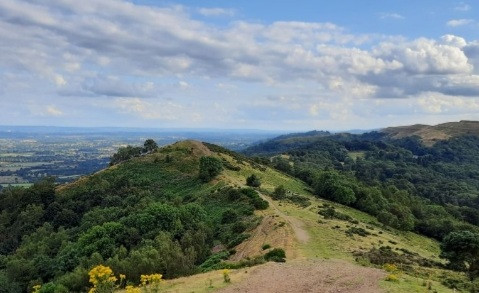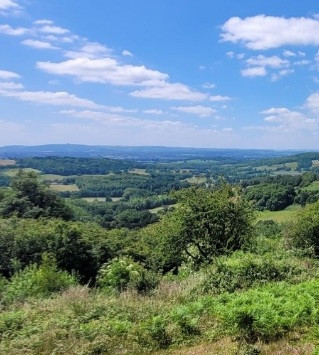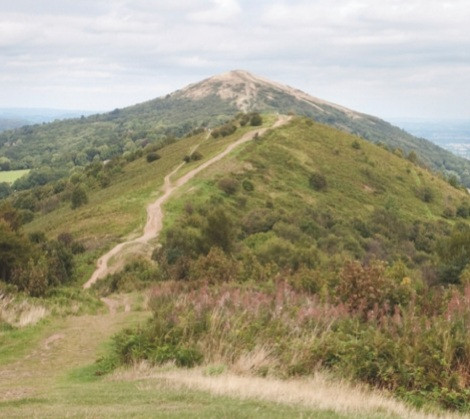Description
The Malvern Hills are a popular walking area. Good for varied wildlife including marsh orchids, adders, harvest mice, foxes, badgers, polecats. Best birding areas are Midsummer hill for owls, Sparrowhawk, Eurasian Nuthatch, Wood Warbler, Pied Flycatcher and Common Redstart. Castlemorton Common for European Stonechat, Linnet, Tree Pipit, Grasshopper Warbler, Yellowhammer, Meadow Pipit, possibly European Turtle Dove. Chase End Hill for wintering Hawfinch, Brambling, Snow Bunting, Lesser Redpoll and Eurasian Siskin. North Hill for migrant Ring Ouzel and Northern Wheatear. British Camp reservoir and Hollybush Quarry for migrant Osprey. Two Red-billed Chough visited the area in July 2019.
Details
Access
From South Wales leave M50 at junction 2. Go south on Gloucester road then immediately left to Castlemorton. From Birmingham exit M5 at J7 then A44/A449 westward. Car parks are numerous throughout the area. There are train stations at Colwall, Great Malvern and Malvern Link. Click on a P in the map to get directions to that parking.
Terrain and Habitat
Forest , Mountain , Canyon/cliff , Lake , Scattered trees and bushes , Grassland , Plateau , Valley , Moors/heathlandConditions
Hilly , Rocky , Dry , Open landscapeCircular trail
YesIs a telescope useful?
Can be usefulGood birding season
All year roundBest time to visit
Spring , Autumn migrationRoute
Paved road , Wide path , Narrow trail , Unpaved roadDifficulty walking trail
StrenuousAccessible by
Foot , Bicycle , Car , WheelchairBirdwatching hide / platform
NoExtra info
Malvern developed in Victorian times as a health resort and spa town, when visitors included Charles Darwin.




